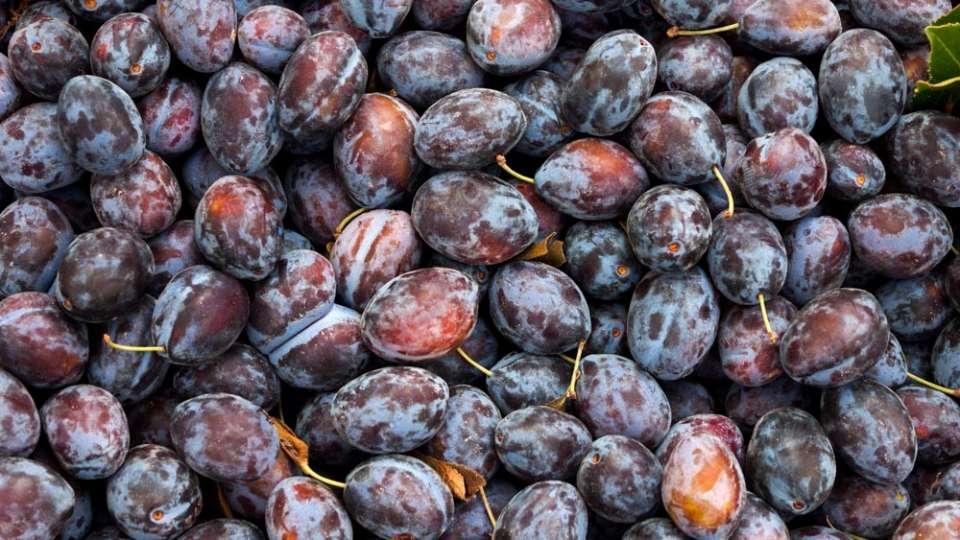You are here
Back to topWholesale Market Report, Week 16: Plums

<p><em>Produce Report is launching a new series of China wholesale market reports. We invite industry insiders to<a href="mailto:info@producereport.com?subject=Re%3A%20Wholesale%20Market%20Repor... us </a>and contribute their own guidance and reports to this project.</em></p>
<p>Last week, Chilean plums continued to perform poorly. Overall sales were slow as customer demand was mainly focused on fruit with a good hardness and taste. The present sales situation is mainly based on general low quality. To adapt, many vendors have converted to selling gift box sales, shifting about 800 cases each day. In addition, lower quality fruit is being sold to smaller shops, which are reporting unopened crates of plums as customers prefer new inventory.</p>
<p>Chilean plums are performing badly for three main reasons. The first of these is that fruit quality is varies, with most of it tending to be bad. Fruit bought before maturity has uneven ripeness, with red versions tasting sweet and green ones sour. Additionally, the ripening process is prone to problems because as the fruit becomes yellow, the taste remains sour. Some other fruits become soft and red, and some shrink and develop black cores. Fruit bought after maturity also exhibits problems. When maturity is too high, the fruit is excessively soft and has a black interior. However, some higher-quality plums have arrived from Chile. Brands performing well include GESEX, MISSO and PRIZE plums. These generally show the desired combination of hardness, taste, sweetness and juiciness.</p>
<p>The second problem facing Chilean plums imports is over-availability. Availability in China this year is five times higher than in 2015, with the most prominent variety being CERASUS. Plums in China are a non-mainstream niche market, and availability is currently far greater than the market demand. This situation has led to an oversupply.</p>
<p>The third major issue concerning Chilean plums is that wholesale prices - estimated at roughly 20 yuan per kilogram - can be much higher than consumer prices. This has led to low consumer acceptance.</p>
<p>Because the current stock of Chilean plums over-ripen too easily, turning the cores black during storage and transport, supermarkets and online providers are struggling to sell large quantities. Quarterly projections regarding Chilean plums forecast a significant reduction in volume, while the current overstock gradually deteriorates in quality. Prices are expected to trend downward with no projected rebound.</p>
<p>The current price range for Chilean plums is as follows:</p>
<p>High-quality Chilean XL plums: 210 yuan/9 kilograms</p>
<p>High-quality Chilean J plums: 230 yuan/9 kilograms</p>
<p>Low-quality Chilean XL plums: 150-180 yuan/9 kilograms</p>
<p>Low-quality Chilean J plums: 170-200 yuan/9 kilograms</p>
<p>Low-quality Chilean JJ plums: 200-230/9 kilograms </p>
<p> </p>
<p> </p>
<p> </p>
















Add new comment